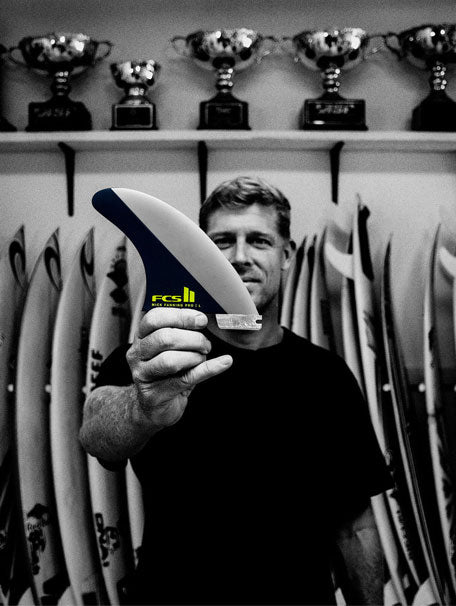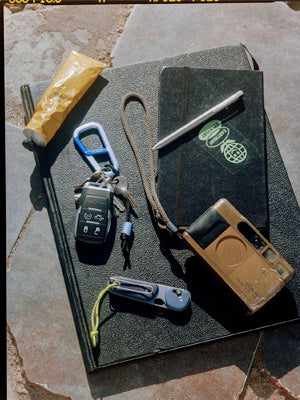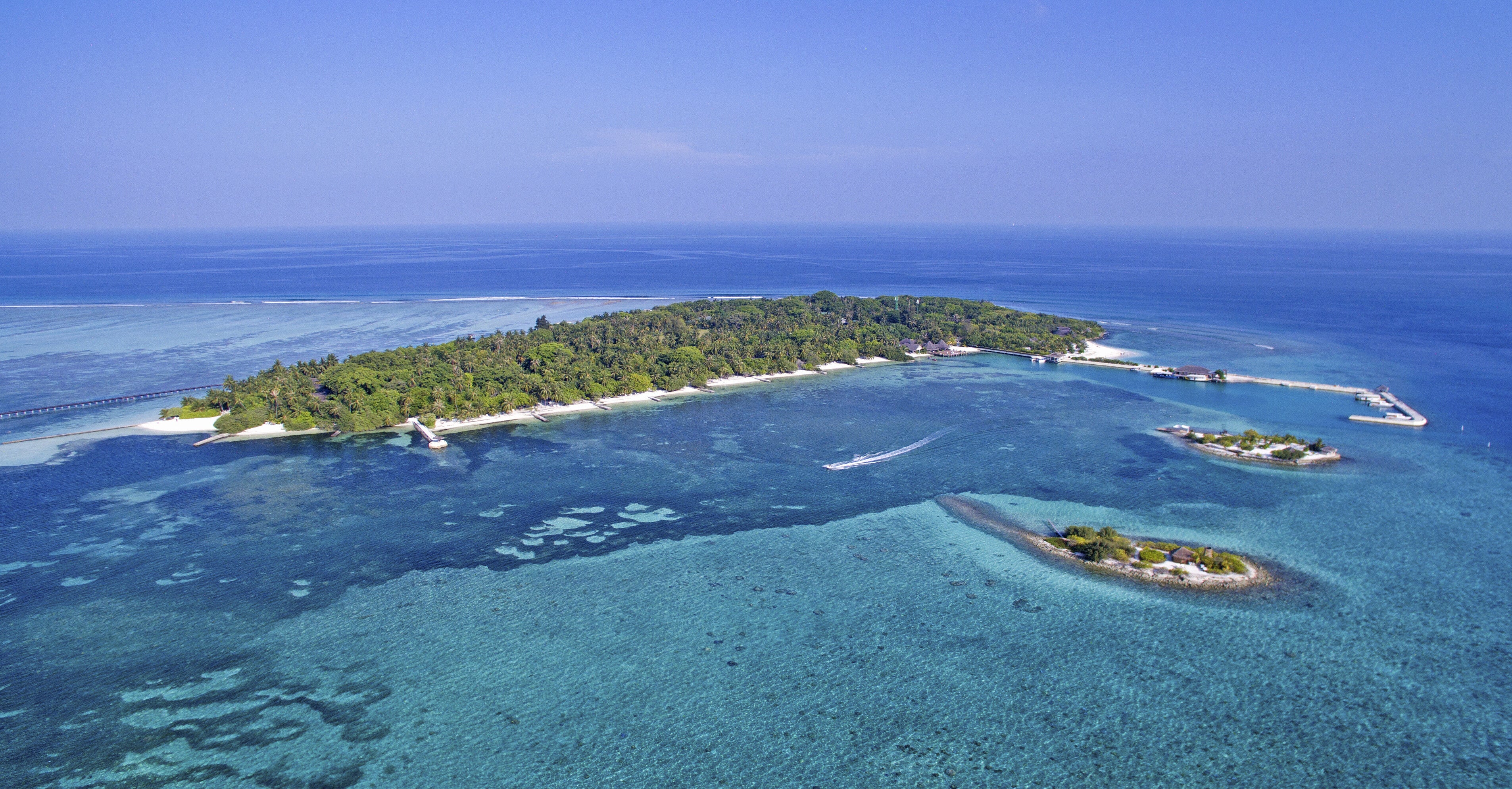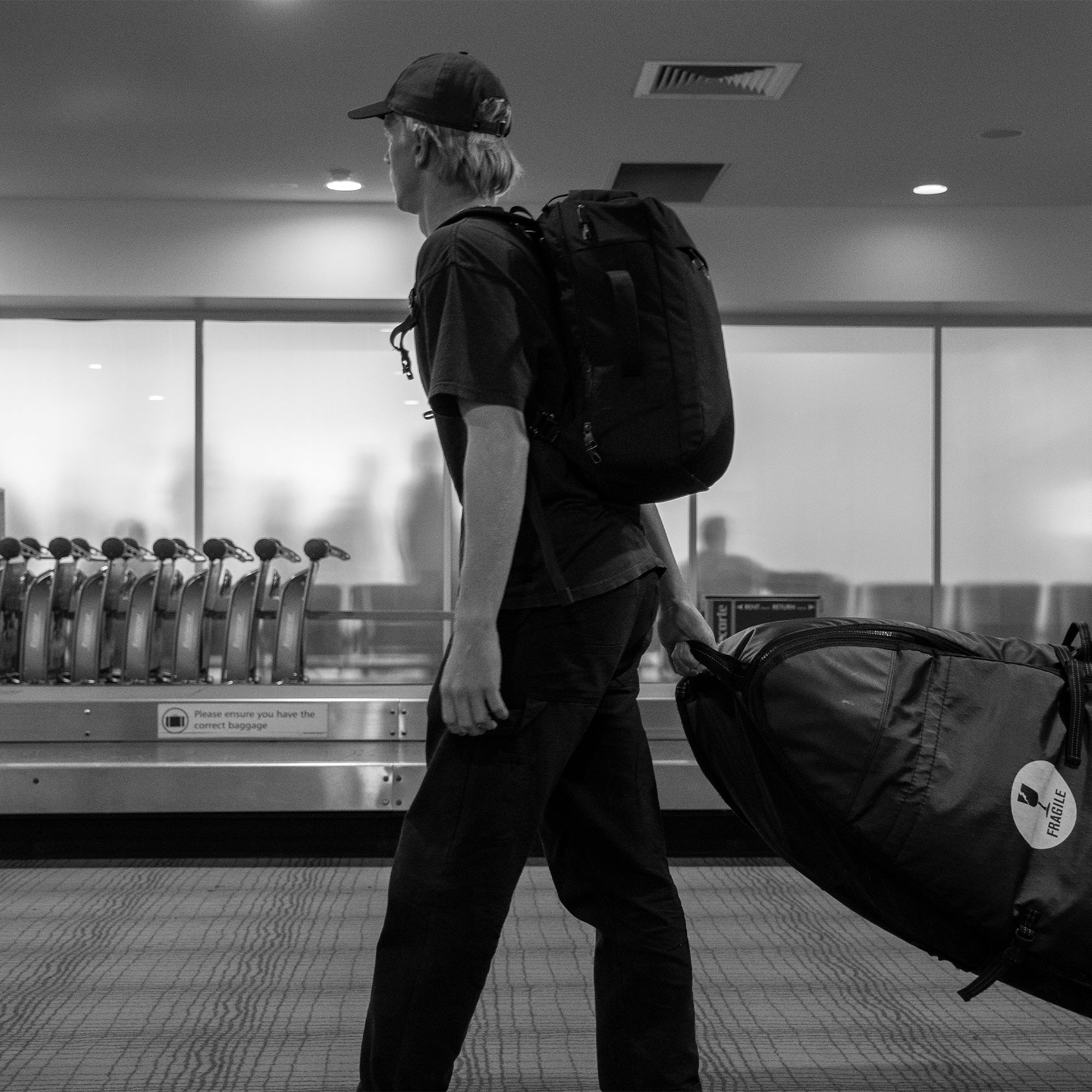Q&A — Mick Fanning Fibre Fusion
With Tara Hall, Richie Lovett & the FCS Product Development crew.
Background / Need
Q: What gap or performance need sparked the Mick Fanning Fibre Fusion fin?
A (Tara): Mick is meticulous and we’re shameless performance nerds. The brief boiled down to this… get faster flex (speed between turns) without adding weight or twitch. Can we make the best fin even better via a moulded, fully automated construction process?
Q: What was holding older constructions back?
A: Some constructions feel a touch too damp, others too rigid in the tip. We targeted precision materials & process, so the flex pattern is lively, repeatable and stable when you really lean on it.
Q: How did Mick’s surfing set the brief?
A: Mick’s style of surfing sets up really well for this new tech. Big bottom turn power into a fast, predictable release snap. Think Carver style hold and drive, with extra slingshot on exit.
Q: Waves/boards you used as north stars?
A: Down the line points and reefs on high performance shortboards and sensitive hybrids. If a fin feels smooth and trustworthy there, it’ll feel good almost anywhere.
Q: Why the name ‘Fibre Fusion’?
A: We fuse a high-tension unidirectional fibreglass skin with a stiff composite base—traditional feel meets modern precision. The name says exactly what it is.
Everyday surfer take: You don’t have to surf like MF to feel it. If you can load a bottom turn, you’ll feel the rebound as easy, free speed.

Design & Development
Q: Can you walk us through the key design steps: concept, prototyping, testing, refinement?
A: Idea → whiteboard with Mick & Richie & team in the Nautilus Lab → concept drawings + business case → multiple layups/mould runs → athlete + everyday surfer testing → Swiss manufacturing run throughs → lab flex/strength tests → refine materials/process → signoff.
Q: What’s actually inside the fin?
A: A rigid composite base for drive and durability, paired with a custom unidirectional fibreglass skin aligned to the fin’s sweep.
Q: Geometry priorities?
A: Carver DNA, extra sweep for hold and drawn-out arcs; subtle edge shaping for cleaner, faster rail-to-rail when you’re flying.
Q: Balancing acts (speed vs hold, flex vs stability)?
A: Stiff through base/mid for drive; high tension, tuned tip for whip and acceleration. Load it → it snaps back. No lag, no wobble.
Q: How many iterations and what forced changes?
A: Plenty. We tweaked fibre orientation, skin spec and curve, base material composition and manufacturing parameters. Any hint of tip lag, torsional twist, or dullness underfoot meant another round.
Q: CFD or hydrodynamic modelling?
A: We correlate lab flex/strength and CFD testing with real water athlete feedback. Surfboard and waves are both chaotic systems—athlete testing stays king.
Q: How is Fibre Fusion different to previous MF/FCS builds?
A: Compared to MF PC, the body stiffness target is similar but the tip rebounds faster and feels more energetic. Versus carbon skinned options, Fibre Fusion is just as quick in recovery, with a slightly smoother feel through the arc.
Nerd corner — materials & manufacturing (serious bit)
- Unidirectional glass skin: Aligned long strand fibres concentrate energy return along the sweep direction for rapid tip recovery.
- Composite base: Stiff, durable platform that resists deformation under load, converting effort into forward drive.
- Swiss engineered production: Robotic precision and tight process control for repeatable flex profiles across sets.

Collaboration with Mick
Q: When did Mick jump in?
A: Early—this project simmered for close to two years.
Q: How did his feedback translate to changes?
A: Mick communicates in precise feel like few others. We translated those cues, how each section of the fin behaves through each phase of a turn, into targeted tweaks to materials, fibre orientation, and geometry, fine-tuning every detail.
Q. What is the Nautilus lab?
A: Nautilus Lab is a dedicated innovation and testing facility where ideas become real-world solutions. Described by John Gowing as “the department of creative, cutting-edge modernisation,” Nautilus Lab brings together expert design, rapid prototyping, and advanced testing to develop products that truly work.
Q: Any non-negotiables from Mick?
A: A stealth aesthetic and a flex map that stays predictable under real power.
Q: How many sessions?
A: Lots, in all kinds of water—that was the point.
Q: Biggest surprise?
A: Carbon wasn’t the hero this time. The uni-glass skin delivered the most universally positive response—fast and responsive with a smoother feel.
Q: Is he still tinkering?
A: Always—and so are we.

Performance / Use case
Q: What should surfers feel on day one?
A: Extra glide between turns and that little sling when you lean on it. It stays locked when you’re on rail but frees up the moment you want to redirect.
Q: Best boards/conditions?
A: High performance shortboards, and sharp hybrids with a medium to extreme rocker. Loves 2–8 ft point and reef lines, fast faces, room to draw a line.
Q: Materials + geometry → on wave outcome?
A: Composite base = planted drive. Uni-glass skin = rapid recovery. Carver geometry = hold and drawn arcs. Together, you get speed you can spend on the next turn.
Q: Any trade offs?
A: It likes to be pushed. In small, weak surf, a more upright, looser template can feel snappier.
Q: Setup tips (everyday surfer friendly):
A:
- Run your regular fin size and let the tuned flex do the heavy lifting.
- Between sizes? Choose based on how hard you habitually load the tail.
- Keep rocker honest; avoid super flat tails if you want the full slingshot effect.
Fast track for the average punter: If you can commit to a bottom turn, you’ll feel the free speed. If you’re newer, you’ll notice how calm it feels when you’re trimming fast.
Vision & Future
Q: Where does this sit in FCS families (speed/control/power)?
A: Carver DNA, control and power, with a speed bonus from faster tip recovery.
Q: Where are fins headed next?
A: The moon? No limits here.
Q: Gen2 wish list?
A: That’s all secret of course. But if we can continue to improve customer experience, we are doing something right.
Q: First session focus cue?
A: Commit to the bottom turn and trust the rebound—let the fin sling you into the next section.










